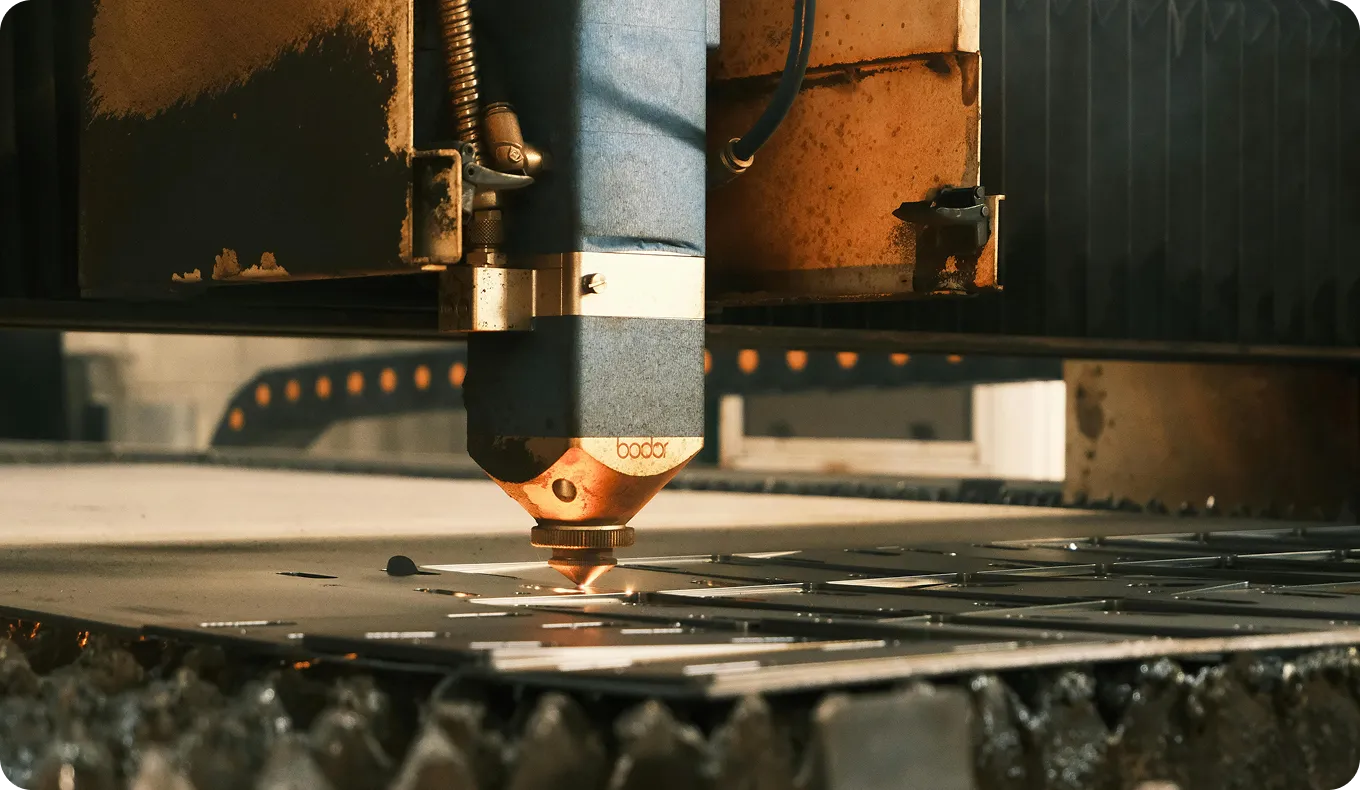Decision Tree
Discover the power of decision trees in machine learning for classification, regression, and real-world applications like healthcare and finance.
A Decision Tree is a popular and intuitive machine learning (ML) model that uses a tree-like structure to make predictions. It operates by breaking down a dataset into smaller and smaller subsets while simultaneously developing an associated decision tree. The final result is a tree with decision nodes and leaf nodes. A decision node represents a feature or attribute, a branch represents a decision rule, and each leaf node represents an outcome or a class label. Because its structure resembles a flowchart, it is one of the most straightforward models to understand and interpret, making it a cornerstone of predictive modeling.
How Decision Trees Work
The process of building a decision tree involves recursively splitting the training data based on the values of different attributes. The algorithm chooses the best attribute to split the data at each step, aiming to make the resulting subgroups as "pure" as possible—meaning each group primarily consists of data points with the same outcome. This splitting process is often guided by criteria like Gini impurity or Information Gain, which measure the level of disorder or randomness in the nodes.
The tree starts with a single root node containing all the data. It then splits into decision nodes, which represent questions about the data (e.g., "Is the customer's age over 30?"). These splits continue until the nodes are pure or a stopping condition is met, such as a maximum tree depth. The final, unsplit nodes are called leaf nodes, and they provide the final prediction for any data point that reaches them. For instance, a leaf node might classify a transaction as "fraudulent" or "not fraudulent." This interpretability is a key advantage, often highlighted in discussions around Explainable AI (XAI).
Real-World Applications
Decision trees are versatile and used for both classification and regression tasks across various industries.
- AI in Healthcare for Diagnosis: A decision tree can be used to create a preliminary diagnostic model. The model would take patient data such as symptoms (fever, cough), age, and lab results as inputs (features). The tree would then follow a series of decision rules to predict the likelihood of a specific illness. For example, a split might be based on whether a patient has a fever, followed by another split on cough severity, ultimately leading to a leaf node that suggests a probable diagnosis. This provides a clear, rule-based path for medical professionals to follow. Further insights into this field can be found at the National Institute of Biomedical Imaging and Bioengineering (NIBIB).
- Financial Services for Credit Risk Assessment: Banks and financial institutions use decision trees to determine loan eligibility. The model analyzes applicant data like credit score, income, loan amount, and employment history. The tree might first split based on credit score. If the score is high, it follows one path; if low, another. Subsequent splits on income and loan duration help classify the applicant as low-risk or high-risk, influencing the loan approval decision. This application is a core part of AI in finance.
Relationship to Other Models
Decision trees form the basis for more complex ensemble methods that often yield higher accuracy.
Understanding foundational models like decision trees provides valuable context in the broader landscape of artificial intelligence (AI). Tools like Scikit-learn provide popular implementations for decision trees, while platforms like Ultralytics HUB streamline the development and deployment of advanced vision models for more complex use cases.







.webp)
